1. Most criticisms of Séralini’s study wrongly assume it was a badly designed cancer study. It wasn’t. It was a chronic toxicity study – and a well-designed and well-conducted one.
2. Séralini’s study is the only long-term study on the commercialized GM maize NK603 and the pesticide (Roundup) it is designed to be grown with. See here: Why is this study important?
3. Séralini used the same strain of rat (Sprague-Dawley, SD) that Monsanto used in its 90-day studies on GM foods and its long-term studies on glyphosate, the chemical ingredient of Roundup, conducted for regulatory approval.
4. The SD rat is about as prone to tumours as humans are. As with humans, the SD rat’s tendency to cancer increases with age.
5. Compared with industry tests on GM foods, Séralini’s study analyzed the same number of rats but over a longer period (two years instead of 90 days), measured more effects more often, and was uniquely able to distinguish the effects of the GM food from the pesticide it is grown with.
6. If we argue that Séralini’s study does not prove that the GM food tested is dangerous, then we must also accept that industry studies on GM foods cannot prove they are safe.
7. Séralini’s study showed that 90-day tests commonly done on GM foods are not long enough to see long-term effects like cancer, organ damage, and premature death. The first tumours only appeared 4-7 months into the study.
8. Séralini’s study showed that industry and regulators are wrong to dismiss toxic effects seen in 90-day studies on GM foods as “not biologically meaningful”. Signs of toxicity found in Monsanto’s 90-day studies were found to develop into organ damage, cancer, and premature death in Séralini’s two-year study.
9. Long-term tests on GM foods are not required by regulators anywhere in the world.
10. GM foods have been found to have toxic effects on laboratory and farm animals in a number of studies.






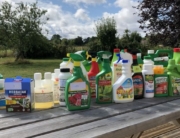

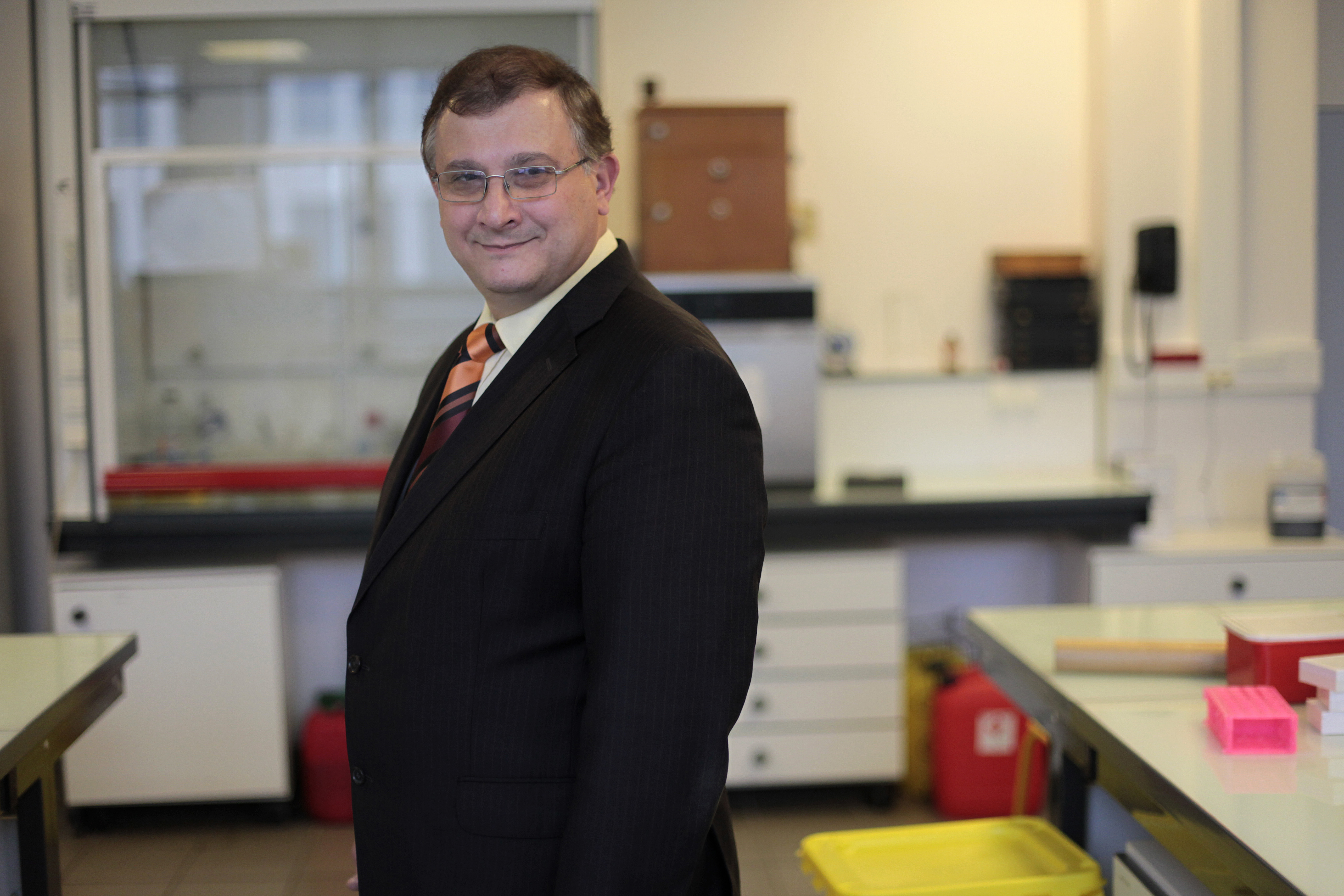
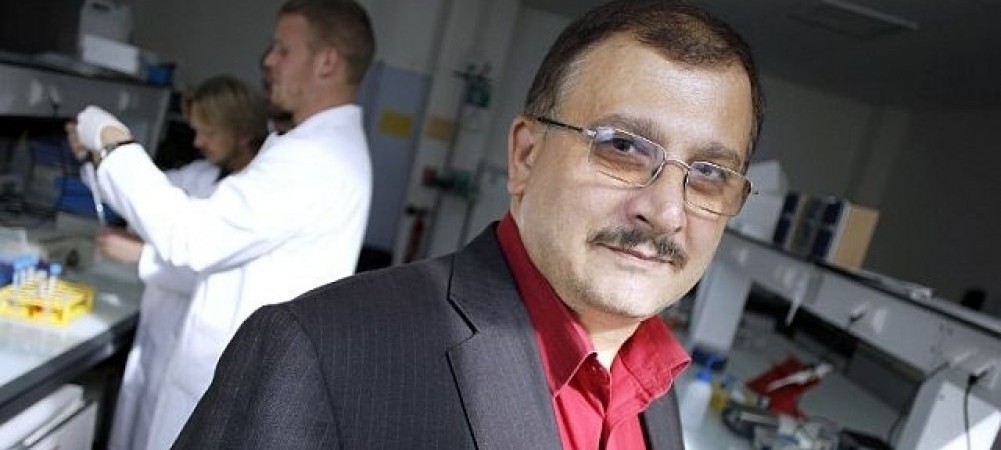


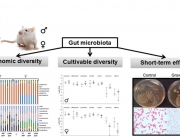

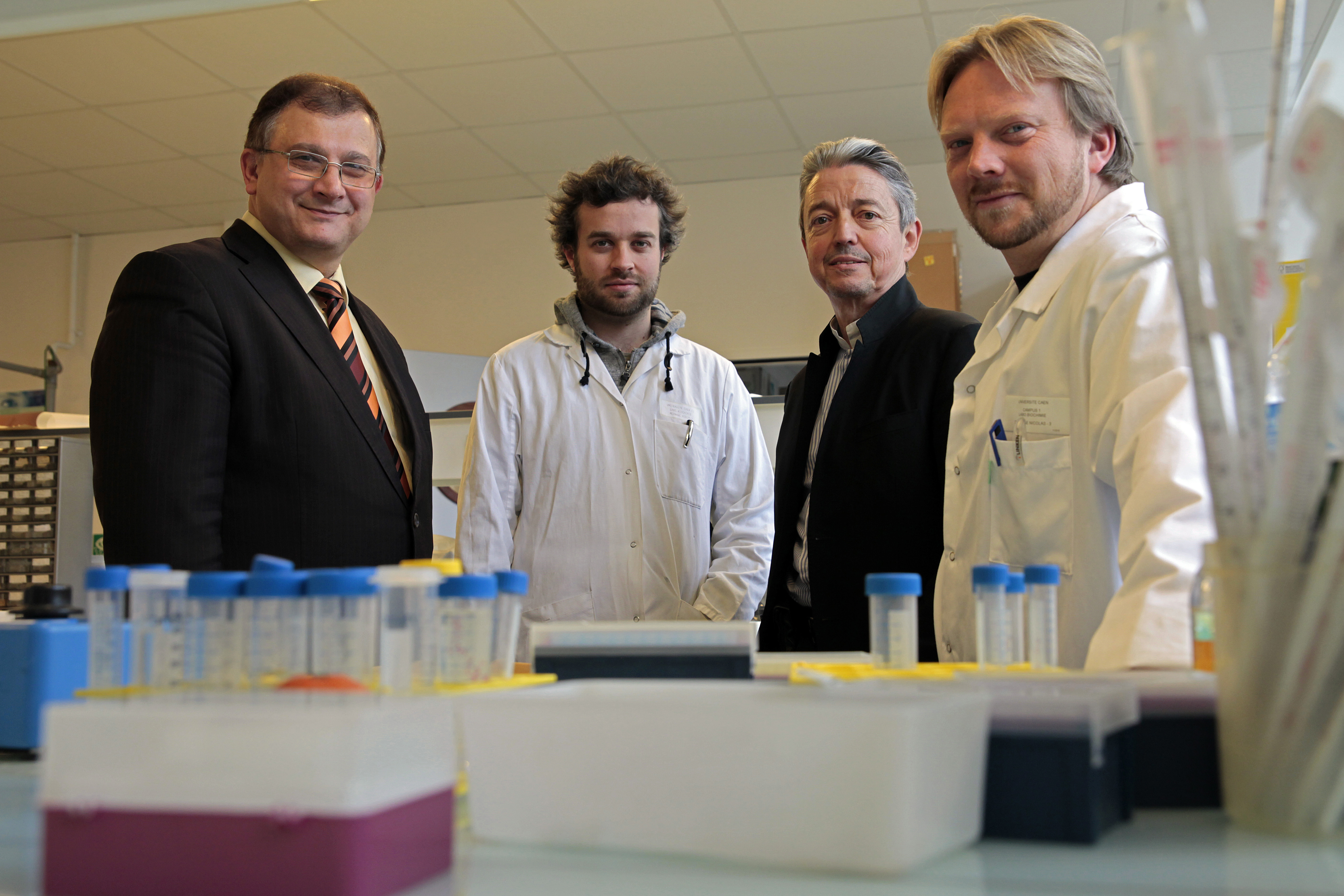
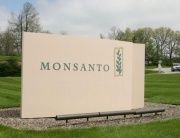




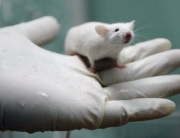




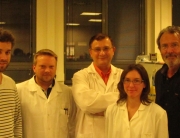


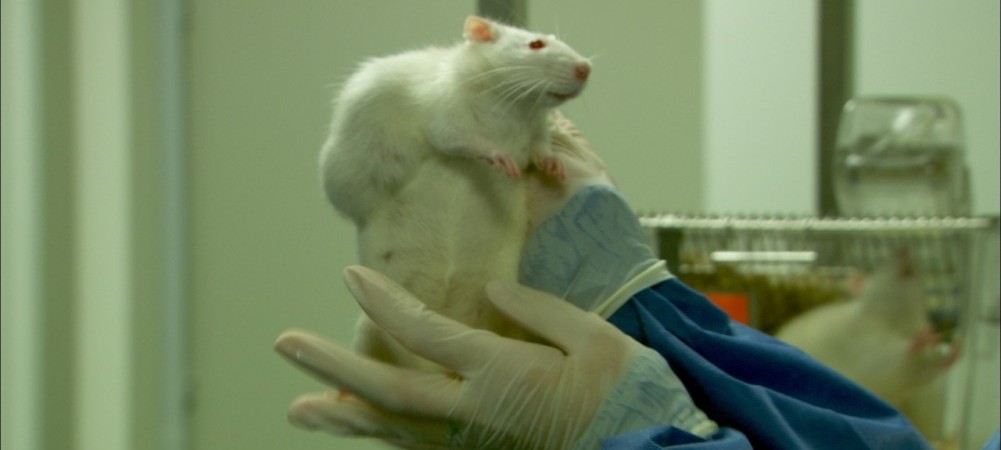

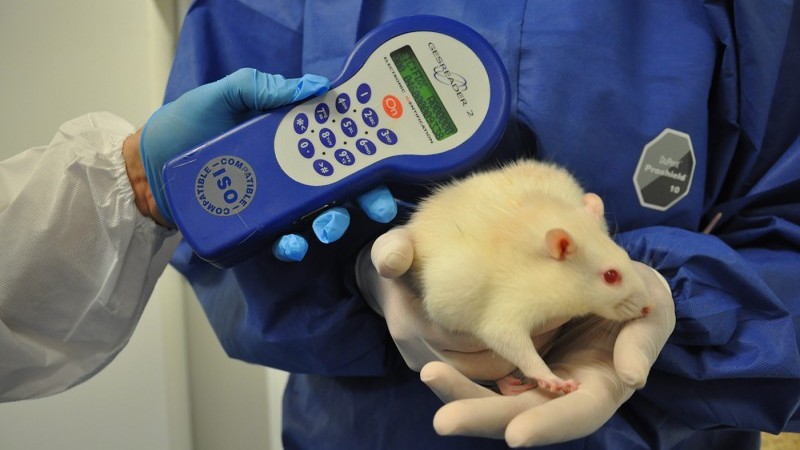

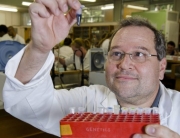
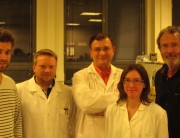

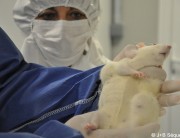






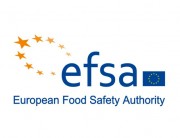







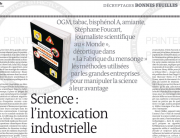





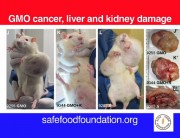

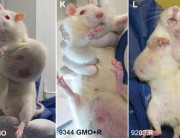



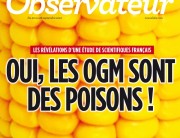



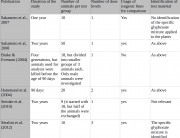















I believe the work this team of experts have done is amazing. Finally some of the truth about GMO foods is being uncovered. It is a shame that the FDA, the USDA and the EPA won’t sit up and pay attention. A 90 day study is not long enough! This team did a 2 year study and found some disturbing data related to genetically engineered foods and its effects on our body. Keep up the good work! And thank you
Ten things the readers should know about Séralini´s paper can be found in http://genpeace.blogspot.com.br/2013/09/is-seralinis-paper-dead-horse-should-be.html
Es inobejtable el trabajo del equipo de investigacion, y representa un gran avance. La OCDE no podia tapar el bosque con un arbol, y por ello tuvo que readecuar sus directrices, sugeriendo 12 meses para toxicidad cronica y 24 meses para estudios de carcinogenesis en vez de los 90 que se habian fijado con anterioridad.
I just want to say a heartfelt THANK YOU, for putting the “GMO Global Alert” up on YouTube. I was one of the first to see it and I recommend everybody watch it. I think it was a brilliant move. I’m sure many more people saw it than it reveals. Many just don’t go to YouTube to watch. Thanks to the whole team that worked on this project and my speacial thanks to Prof. Seralini. My family opted out of the US feeding experiment in April of 2010 when I found out about GMOs. People thought I was crazy and now we have labeling on the ballot. It was a journey made easier by the information your team supplied.
Thanks again,
Laurie
Thanks to the courageous people fighting the evil that festers in desiccated consciences and sick minds.